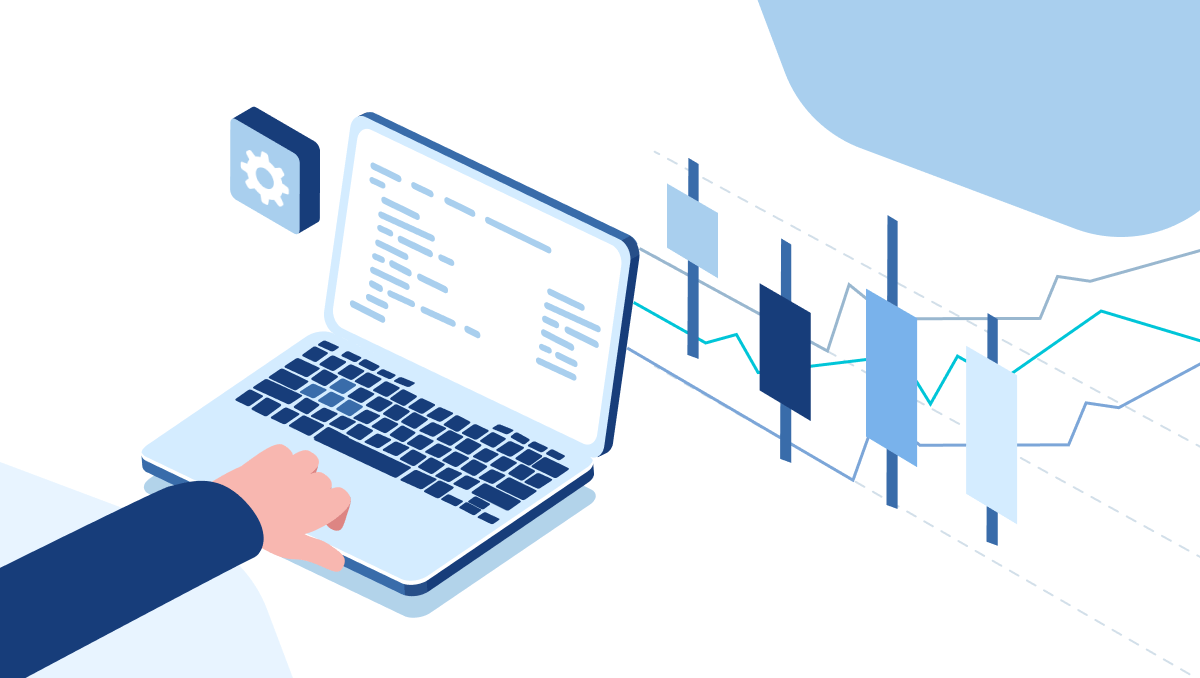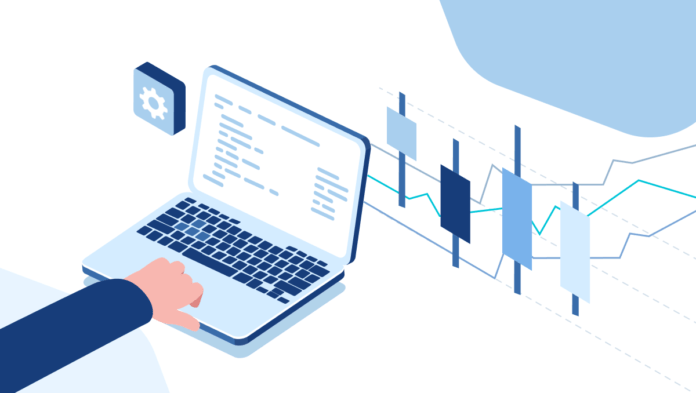Algo Trading provides numerous benefits like executing trades, automated checks, and generation of profits at a speed and frequency which otherwise is manually impossible, thus providing liquidity to the market and ruling out emotional human aspects in trading.

Sit back and think for a moment. A trader wants to buy 100 shares of a stock when it’s 50 days moving average goes below 300 days moving average and sell the same stock when its 50 days moving average goes above 300 days moving average. Seems like a daunting task? In fact, in an ordinary scenario, executing such trade shall require continuous monitoring involving a lot of time and effort. How great would it be if instead a computer program can be written to automatically monitor the stock price and the related moving average indicators that trigger buy and sell orders when the defined conditions are met. The trader then will no longer have to manage such complex trades manually. This is called Automated /Algorithm /BlackBox trading or simply Algo Trading. It is expected to provide numerous benefits like executing trades at the best possible prices, automated checks on multiple market conditions simultaneously, generate profits at a speed and frequency which otherwise is manually impossible, provide liquidity to the market and rule out emotional human aspects in trading.
Thus, we can say that Algo trading includes any type of automated, rule-based trading where decision making is delegated to a computer model. High-Frequency Trading is a type of algorithmic trading that is latency-sensitive and is characterized by a high daily portfolio turnover and high Order-to-Trade Ratio (OTR).
The exchanges also provide the facility to their trading members and data vendors whereby their trading or data vending systems are allowed to be located within or at close proximity to the premises of the Stock Exchanges and is termed as ‘Co-location or Proximity Hosting’ facility. The facility enables the co-located trading members or data vendors to access the trade/ order-related data before other non-co-located trading members. It also enables the co-located trading members to minimize the time for sending orders to the trading system of the Exchange.
Algo Trading is used in varied forms by a wide array of investors and traders, both retail and institutional. Institutional players like mutual funds, insurance companies, pension funds, etc. purchasing and selling stocks in bulk quantities would set up algorithms to benefit from automated trade execution. Systematic traders like hedge funds, trend followers, etc. can also lend efficiency to their trading strategy by using Algo trading.
The basic idea behind Algo trading is to significantly improve earnings and reduce costs. The trading strategies used largely include :
- Following trends using technical indicators like moving averages, breakout levels, patterns in price movements, etc.
- Arbitrage strategy by exploiting the price differentials in different markets like cash vs. derivatives or across different stock exchange platforms etc.
- Index fund rebalancing strategy to bring the holdings at par with the benchmark indices.
- Model-based strategy wherein proven mathematical models are executed using algorithms.
- Volume and time-weighted average price strategy.
Apart from systemic requirements like knowledge about computer programming, network connectivity, access to market data feeds, ability and infrastructure to backtest, etc., quantitative analysis of the algorithm’s performance needs to be done thoroughly, to be able to create profitable opportunities.
Algo trading has been continuing to attract the attention of investors and regulators across the world. Several issues have however drawn regulatory attention, which includes unequal access to Algo Traders due to lower latency and availability of Tick-by-Tick (TBT) data, contribution to price volatility, market noise (excessive order entry and cancellation), denial of profit opportunities to other investors, clogging the pipe which carries the orders thus slowing down the order messages of other investors, etc.
While algo trading has substantial benefits in the creation of precise entry, exit, and money management rules and removes emotional biases from the trading process, the use of such techniques does not come without downsides like over-optimization, maintenance issues, continuous monitoring, etc.
It doesn’t matter whether you win by an inch or a mile, winning is winning.

